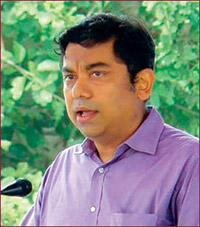Q: 1. Congratulations for taking Paradip Port to new heights. To what do you attribute the secret of your success?
Ans : There is no single formula for success. However, I have focused on a few items.The first was to provide a vision for the port that all stakeholders, including the port officials, port users etc., could relate to. The targets were k ept s imple a nd achievable. The first target was to handle 100 MTPA of cargo. After we reached that, we set our target to become the No. 1 port in the country.
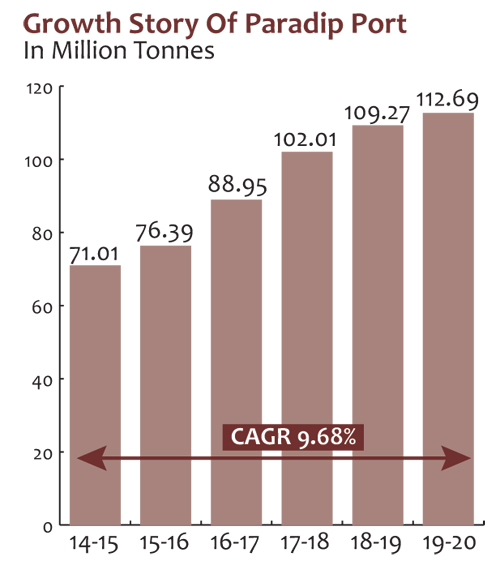
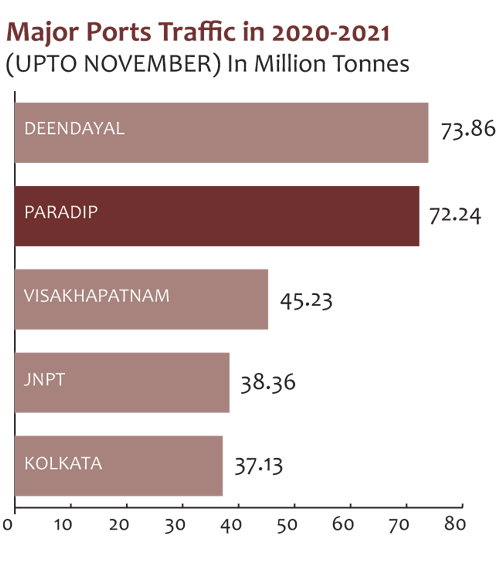
I also believe that the only way to find a solution to a problem is not to brush it under the carpet, but to work positively and proactively. Bigger challenges must be broken into smaller problems and resolved one step at a time.
An Alumni of Harvard University and National University of Singapore, Rinkesh completed his Masters in Public Management from the Kennedy School of Public Policy on a Lee Kuan Yew fellowship in 2013. He joined the Indian Railway Traffic Service (IRTS) in 1992 and has developed expertise in logistics, ports and rail operations and management, and strategic planning over the last 29 years. He has worked in leadership roles and in varied capacities and has a rich experience in the interface and working of Iron-ore mines, Steel Plants, Collieries, Power Plants and Port operations.
As Chairman of Paradip Port (2015-2020), and with additional charge as Chairman of Tuticorin Port, Kamrajar Port and Visakhapatnam Port for various durations, along with leadership roles as Chairman Dredging Corporation of India and Managing Director of Haridaspur Paradip SPV, he was instrumental in bringing about rapid transformation in the operations and management of these organisations leading to higher efficiency and productivity.
Q: 2. What are the future plans for sustainable growth at Paradip Port, including the development of the land bank owned by Paradip Port Trust?
Ans : The future plans for Paradip Port include the development of the western dock. This is akin to creating a new port within Paradip Port. The objective is to create a world-class infrastructure that can handle capesize vessels.
Thereafter, the plan is to expand the port into the Mahanadi River. This will meet needs of the port and its hinterland for the next 50 years.
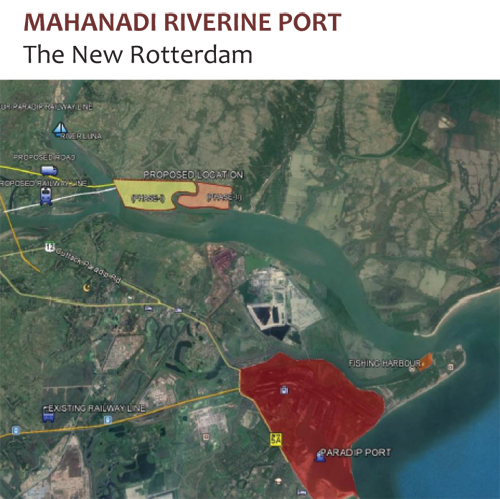
- PHASE - I
- Capacity: 22 MTPA
- No. of Berths: 4
- Cargo: Dry & Break Bulk, Fertilizer, Container
- Project Land: 175 Ha
- Estimated Cost: Rs. 2562 Cr. comprising
- Capital Dredging – Rs. 752 Cr.
- Quay and Terminal facilities – Rs. 308.02 Cr.
- Equipment/ Harbour crafts & aids – Rs. 557.55 Cr.
- Road & Rail Infrastructure – Rs. 332.25 Cr.
- Water Supply, Power, Ancillaries and Contingencies – Rs. 612.18 Cr.
- PHASE - II
- Capacity: 31.75 MTPA (Total: 53.75 MTPA)
- No. of Berths: 2 (Total: 6)
- Cargo: Dry & Break Bulk, Fertilizer, Container
- Project Land: 125 Ha (Total: 300 Ha)
- Estimated Cost: Rs. 1500 Cr
Simultaneously, we need to implement the rail master plan, so that we can seamlessly evacuate the planned increased volumes.
Q: 3. The DFCs will be commissioned shortly. Do you think the Eastern DFC will be a game changer for east coast ports like Paradip?
Ans : The Eastern DFC will definitely add substantial line capacity. Paradip, with the commissioning of the Haridaspur line, will stand to gain a lot. However, the increased efficiency in evacuation has to translate ultimately to lower freight rates. This is something the Ministry of Railways has to think about.
Q: 4. Both Indian Rail and Indian ports are undergoing fundamental changes, including privatisation. What are your thoughts on the probable outcomes?
Ans : Privatisation is welcome if it leads to major efficiency gains. At Paradip Port, our coal and iron ore berths, operated by the port, have matched and often even outperformed private BOT terminals. In the end, it’s the result that counts. Having said that, private funding of infrastructure is the need of the hour, which should be facilitated at all levels, including at policy and implementation levels. Then the onus is on the private sector to deliver the outcomes.
Q: 5. With the introduction of the Indian Ports Act 2020 and the upcoming National Logistics Policy, do you foresee changes in the way logistics in general and logistics infrastructure in particular will develop?
Ans : Logistics is increasingly becoming a one-stop solution or a single umbrella solution. Standalone terminals will find it increasingly difficult to survive if they do not move towards first-mile and last-mile connectivity. The regulatory changes will get rid of a lot of the baggage from the past, so that the regulations will be more suited to present day needs. Having said that, the fundamental shift in logistics towards single responsibility and single-price-basis landed costs will need to be addressed by private players using terminals, warehouses, and their road, rail and marine fleets. Having ownership of all the assets involved is not the only solution. Partnerships, consortia, leases etc. also need to be considered. However, having certainty of prices over the long term is what the customer wants and needs to grow their own business. That’s what they must have if this country is to progress.
Q: 6. The government of India has an ambitious Sagarmala project to move India towards a coastal economy. However, with our peninsular geography and the sea distance from the east coast to the west coast via Sri Lanka, do you see it working?
Ans : It is very doable. However, as I have explained before, it isn’t if we operate on a standalone basis. Integrated logistics under a single control with one price quoted to customers will make the intermodal shift to coastal possible, despite the geographical challenges.
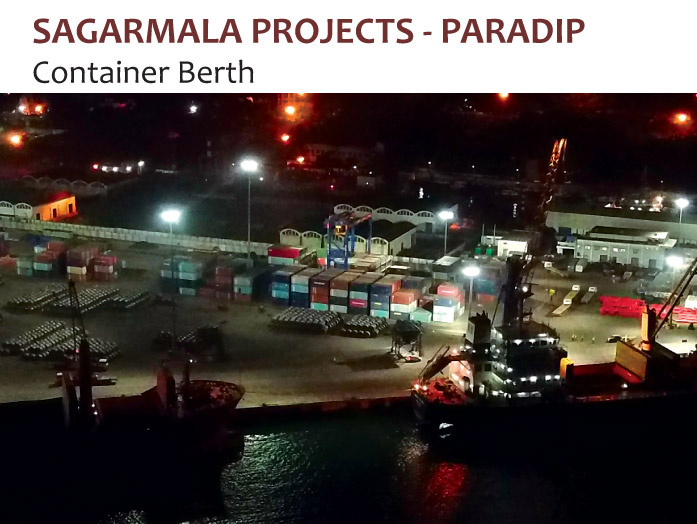
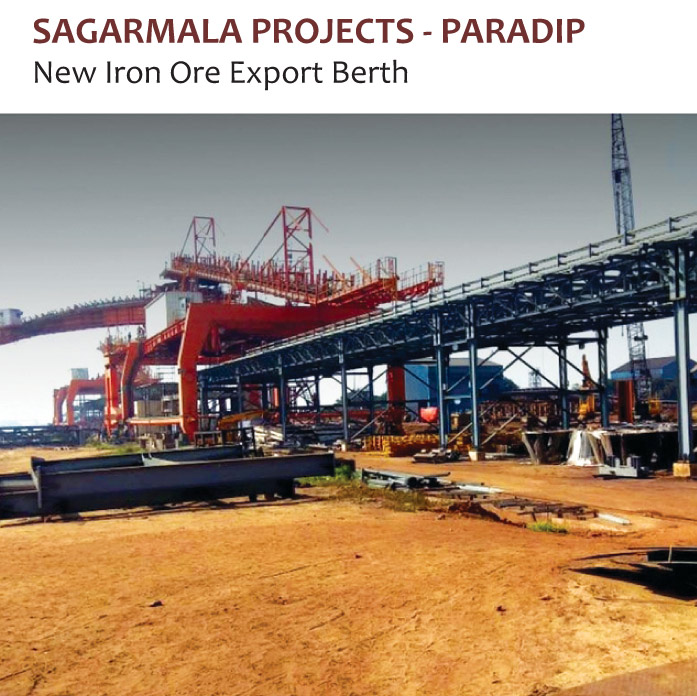
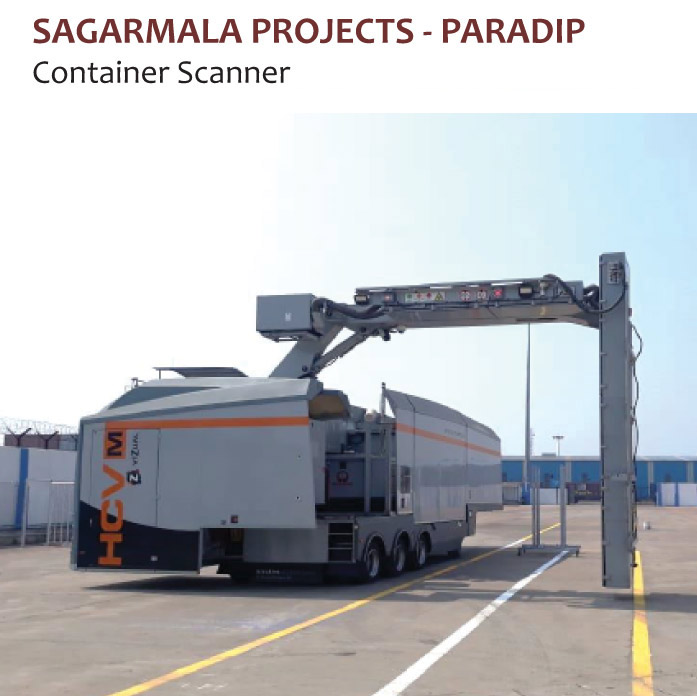
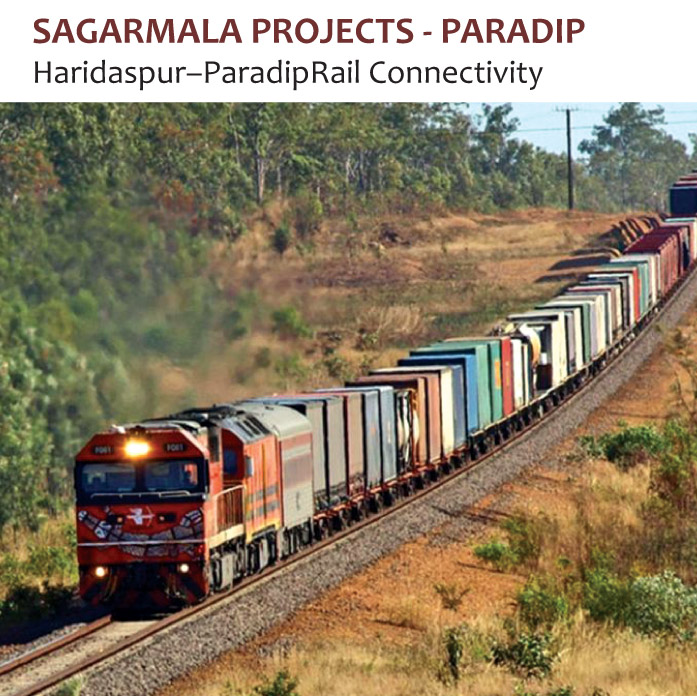
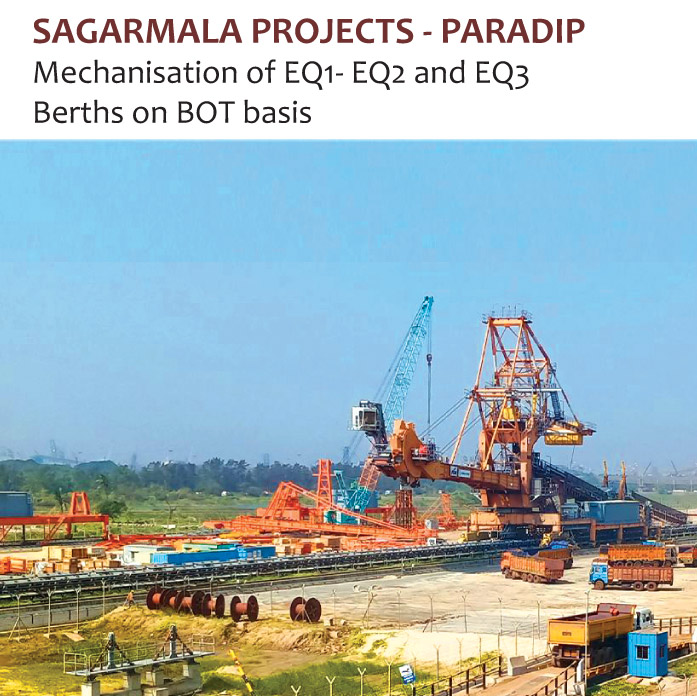
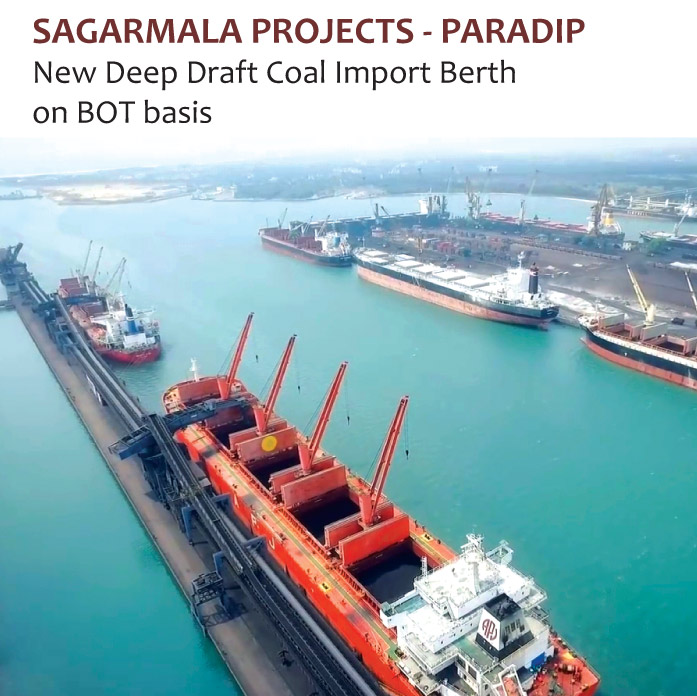
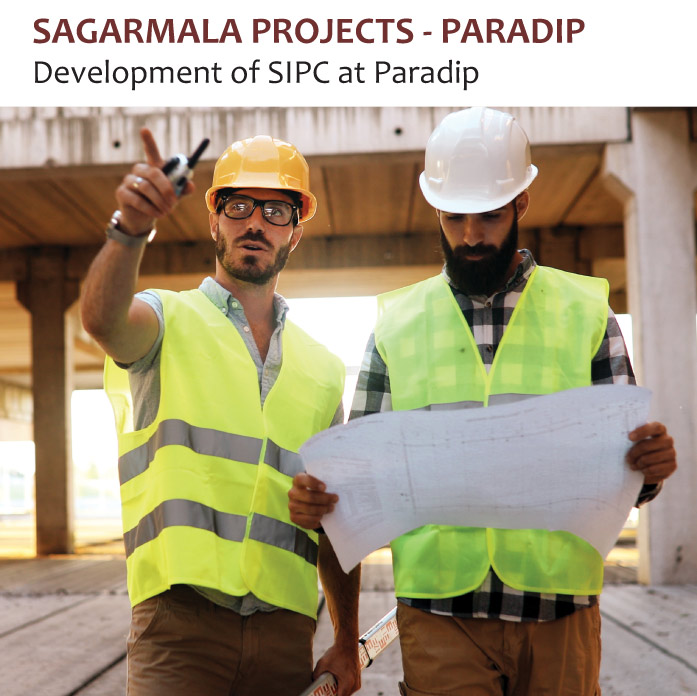
Q: 7. Please share with us some innovative or disruptive ideas or thoughts on the road ahead for the logistics sector.
Ans : I have always worked in logistics, whether in railways or ports. It is clear that we lose about 35–40 days per year due to the rains. This amounts to a capacity loss of about 10%, year after year. Is it so difficult to create and plan an infrastructure that can reduce this, to say about 5 days? We have to cope with flooding, washed-away roads and rail lines etc. Further damage due to water ingress into hatches, into warehouses and so on leads to further losses. With all the technological advances, surely solutions can be found. We need to break up the larger challenge into smaller problems, tackle them individually and solve them step by step.
